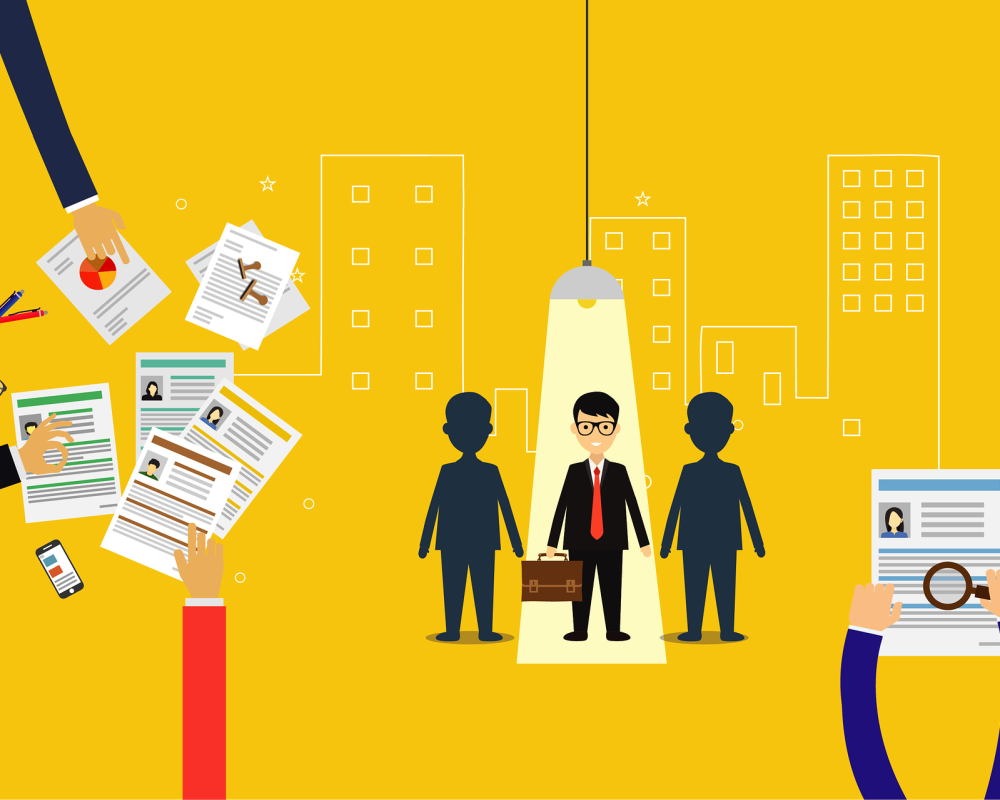
In today’s candidate-driven market where the competition for talent is increasing steadily, organizations need to go above and beyond to attract and retain quality employees.
Onboarding is the process new hires go through to get ‘on-board’ with a company, from job acceptance to team introductions and the training needed to become productive in a new role. An onboarding program is vital to making a new recruit hire feel part of a workplace and its operations – physically, emotionally, and professionally.
Optimizing the onboarding process is one key strategy for improving your employer brand and recruiting better candidates. This is your first impression and your chance to lay the groundwork for the rest of your new hire’s experience with your organization. By the time onboarding is finished, your new employee should have an in-depth understanding of the organization’s culture and values.
However, the reality of the onboarding process of many organisations is often: chaotic, choked with paperwork, and can often be off-putting to new employees, often to the point where they quit.
This in turn leads to a waste of resources (time and money) put into recruiting new talents.

Even as other core business processes, such as IT operations or customer experience management, have become automated and digitized, many HR departments continue to rely on manual or paper-based workflows for employee onboarding. Communication between recruiters, candidates and hiring managers is often an assortment of emails, phone calls, and texts. It’s tough to manage processes efficiently using spreadsheets and checklists.
Few business processes touch as many parts of a company as onboarding new hires. While HR teams generally lead the onboarding process, it requires the active participation of IT, security, operations, facilities, finance, and sometimes other business units. Relationships between these stakeholders tend to be a dotted line, with limited accountability.
Miscommunication between departments can result in missing equipment and unapproved credentials. Dependent processes can stack up, leaving new employees idle, annoyed, or both.
With so many people owning small parts of a manual onboarding process, few individuals have visibility into how well an entire onboarding program functions. Nearly half of all HR departments don’t even evaluate the effectiveness of their onboarding programs.
A lack of collected data makes it almost impossible to establish benchmarks against which goals for success can be measured, leaving HR professionals little traction to identify underperforming departments and recommend improvements.
Managing the application access and license for the employees who are transferred internally can be quite daunting when done manually.
Onboarding can cause big issues in managing compliance especially when organisations are spread across different nations or divisions.
Exposure to slick employee experiences and a tight job market have led new recruits to expect more from employers. You don’t get a second chance to make a first impression. New hires would consider quitting during their first month on the job if a new job didn’t live up to initial expectations.
Poor onboarding experiences ultimately undermine a company’s ability to retain talented new workers. This entails increasing costs for companies to recruit talented people who have plenty of options elsewhere. Given how much it costs to fill vacancies, companies simply can no longer afford the risks associated with delivering a poor onboarding experience.

Fortunately, all the challenges can be remedied by shifting the traditional onboarding processes into a smooth automated digital process. Since many businesses have to deal with all of these challenges, they are now turning to a digital onboarding solution to make their processes streamlined and scalable.
A Digital Onboarding Solution comprises of 4 phases:
Phases of Onboarding:
Onboarding process automation can reduce attrition rate while improving efficiency, productivity, and employee loyalty by moving away from the traditional onboarding to a smooth automated digital process.
This creates a better experience for everyone involved – the HR professionals will take pride in the premium experience they are giving to recruits, new employees will feel valued, and the company will save money and optimise its resources.
Our team delivers digital automation solutions tailored for you based on your requirements using technologies such as Nintex and UiPath. If you want to know more about our digital onboarding solution, please get in touch for a personalised demo or any advice you might need to shift to a digital solution.
We gather information about your needs and objectives of your apps. Unsure about the app you need? We will carefully assess your top challenges and provide expert guidance on the perfect solution tailored to your success.
We create wireframes and an interactive prototype to visualise the app flow and make changes as per your feedback.
Estimation of the project deliverables including the resources, time, and costs involved.
Showcasing POC to relevant stakeholders illustrating the functionalities and potential of the app to meet business objectives.